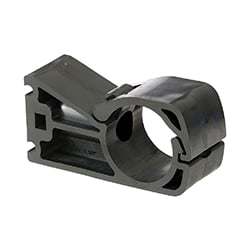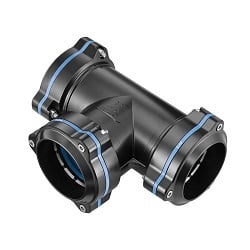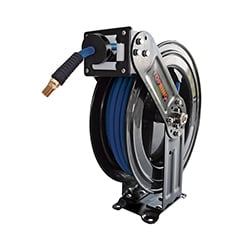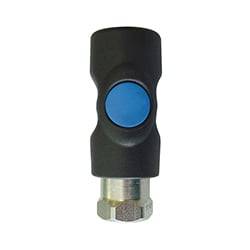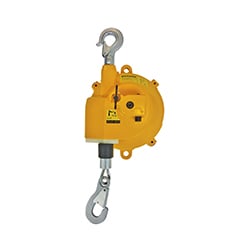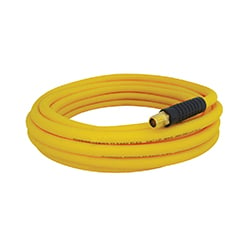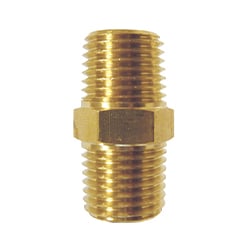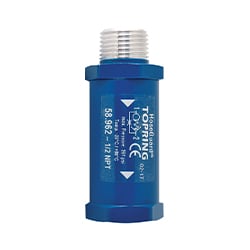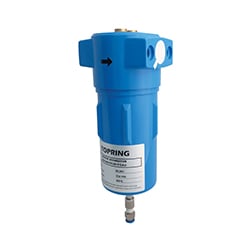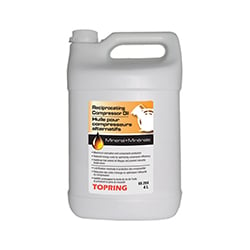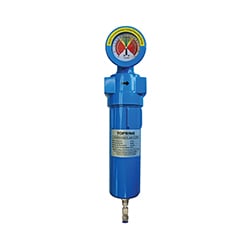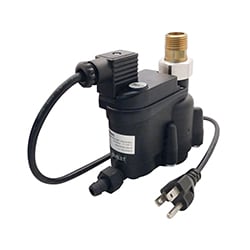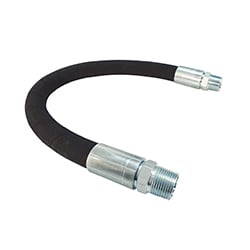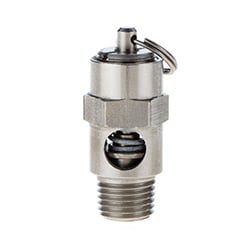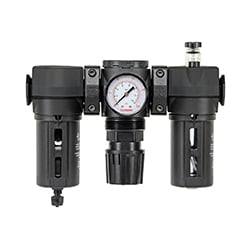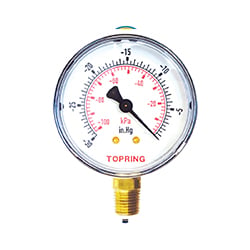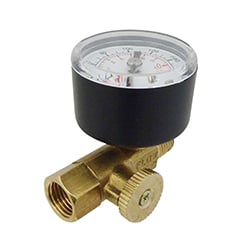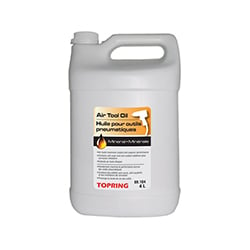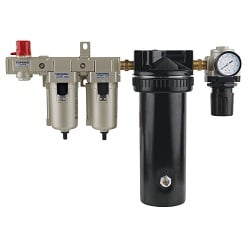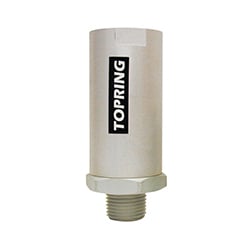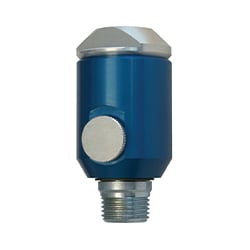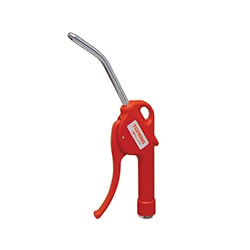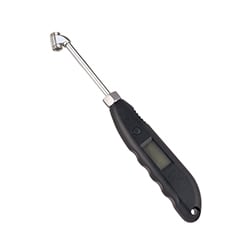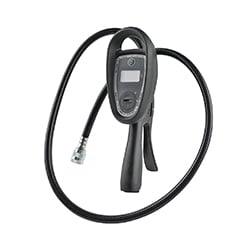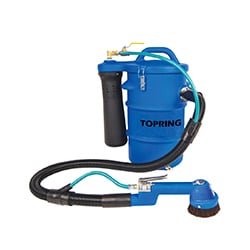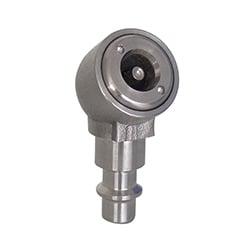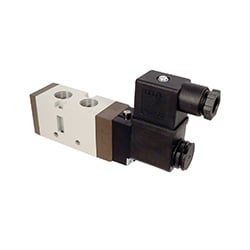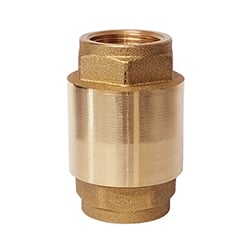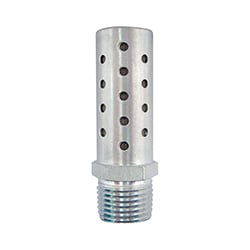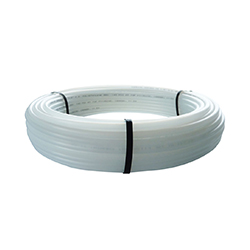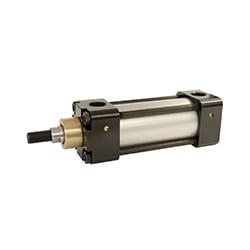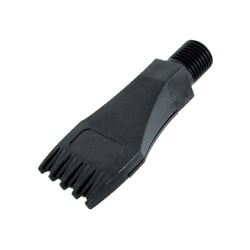Compressed air is an important energy source used for many applications and processes. Its optimal use—and better air quality—depends on the removal of all condensates. Below are 5 solutions you can apply to safely and efficiently remove and treat condensates while maintaining clean, dry air. Each is part of Topring’s range of products for compressed air treatment (Group 1).
1. Water separators
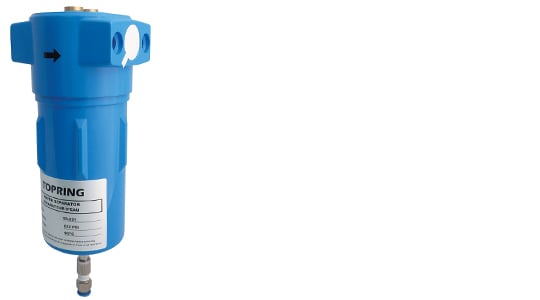
This is the first step to remove condensates at the compressor outlet. Water separators use centrifugal force (the vortex effect) to remove up to 99% of the water and solid contaminants from compressed air. Since the hot air injected into the system will continue to cool down and condense water droplets, a water separator should be paired with other compressed air solutions.
2. Compressed air filters
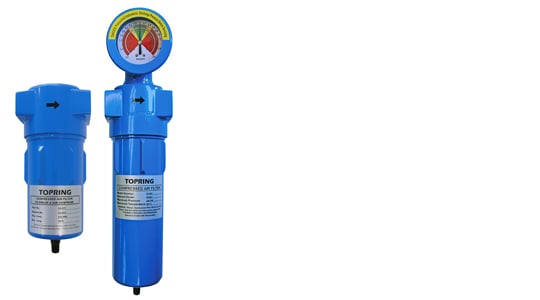
Filters deliver the required level of air quality according to the needs of each application. Their role is extremely important since some applications require a very high quality of air. The International Organization for Standardization (ISO) has established the 8573 international standard for compressed air quality in order to facilitate the selection, design and evaluation of air treatment components. The applications are categorized into five quality classes. ISO 8573.1:2010 identifies three main types of contaminants found in compressed air systems: solid particles, water and oil (aerosol and vapors). This standard sets the maximum concentration allowed for each type of contaminant according to its quality class. The Topring offer meets the five ISO standard classes of air quality.
| Level 1 | Level 2 | Level 3 | Level 4 | Level 5 |
|---|---|---|---|---|
 |
 |
 |
 |
 |
| Compressed air without specification |
General shop air: air tools (sand blasting, grinding)
|
Air instrument
Spray painting
Powder coating
Packing machines
|
Food industry
Pharmaceutical and chemical industries
Laboratories
|
Food industry (breweries, dairies)
Pharmaceutical and chemical industries
Laboratories
|
| ISO 8573.1 Class 5.6.5 |
ISO 8573.1 Class 3.6.4 |
ISO 8573.1 Class 1.5.3 |
ISO 8573.1 Class 1.4.1 |
ISO 8573.1 Class 1.1.1 |
3. Refrigerant dryers
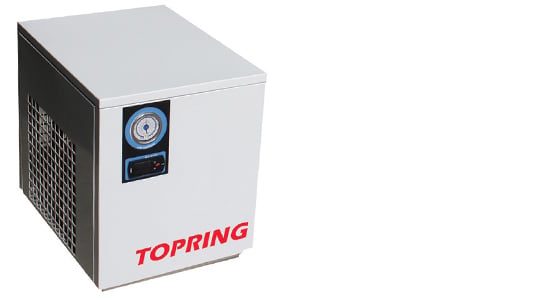
Refrigerant dryers are an efficient means of drying compressed air. They can reduce the dew point as low as 3°C, cooling the water vapor in compressed air and condensing it into water. If your application requires exceptionally dry air, it’s best to install a regenerative air dryer: this type of dryer can reduce the dew point as low as -70°C.
4. Condensate drains
Condensate drains collect and remove the water that accumulates in a compressor’s tank, water separator, filters, and air dryer, as well as in a piping system’s service outlets (the drop). Choose from 3 types of drains:
Zero air loss drain
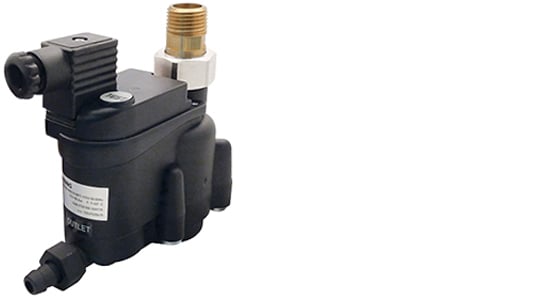
A sensor in the condensate collector triggers the tank’s drain when a set value is reached. A drain with zero air loss is the most energy-efficient solution.
Programmable drain

A switch-operated valve opens at fixed intervals to drain condensates for a specific period of time.
Mechanical drain

Condensate collects in a storage tank. A float opens a valve when a certain amount of condensate builds up.
5. Water-oil separators
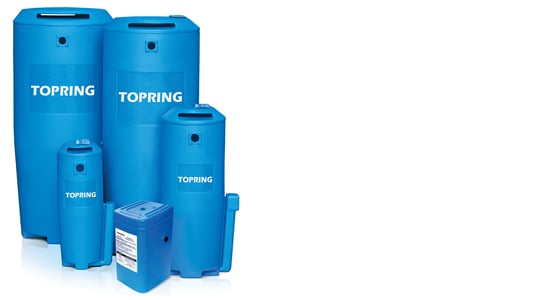
Water-oil separators are an economical, environmentally friendly way to separate, collect, and dispose of the oil in condensates. Condensate drains connect to water-oil separators. The water collected is then treated by a filter that attracts and retains oil droplets but repels water. The treated water holds a very low concentration of oil (5 mg/L) that meets current environmental standards (municipal or provincial) and can be legally discharged to sewers. This eliminates the need to store thousands of liters of condensate every year for costly outsourced treatment.


